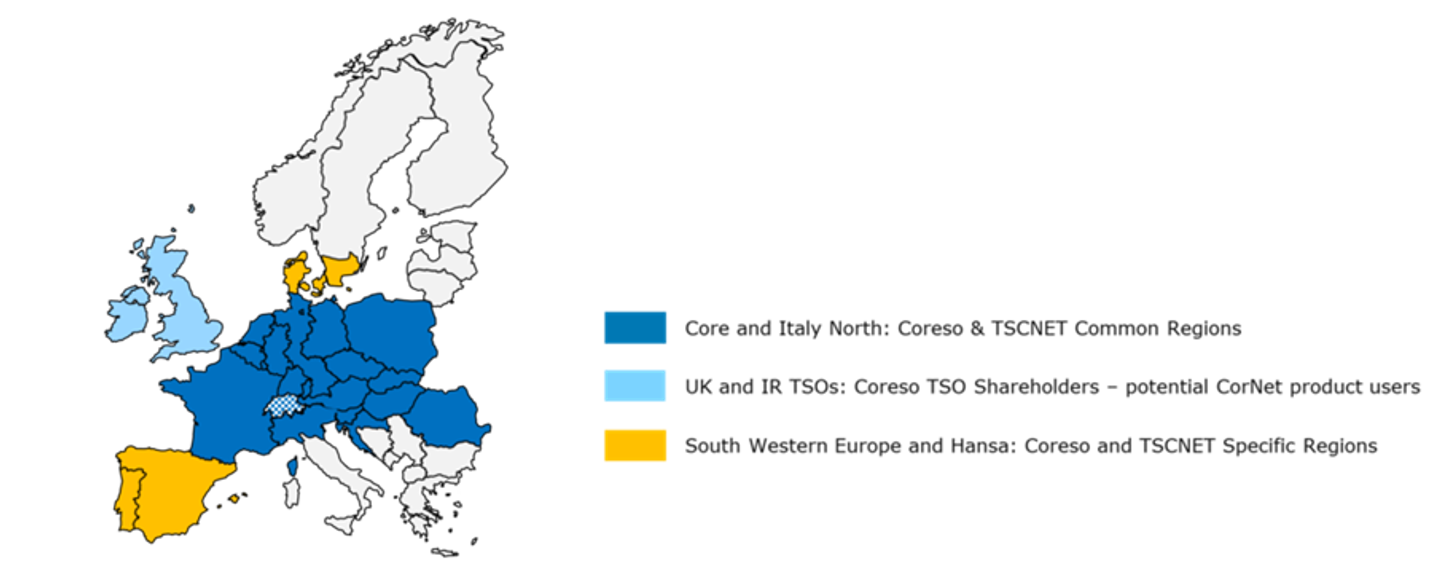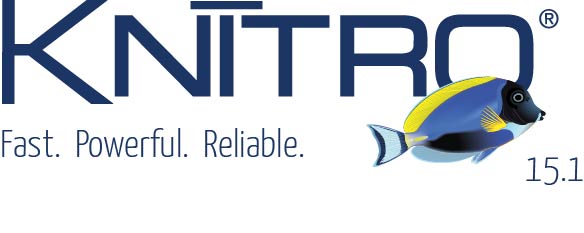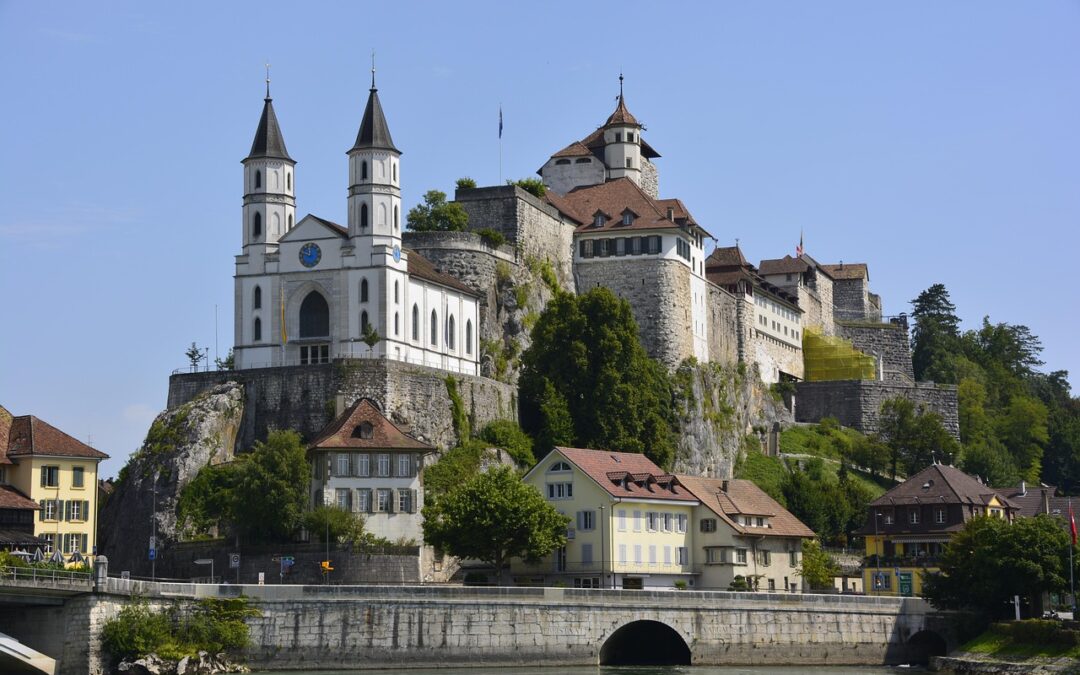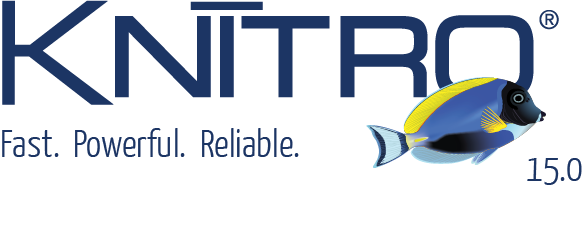Artelys is proud to develop the operational power grid security analysis engine of the European CorNet program
The CorNet program, launched jointly by Coreso and TSCNET, two Regional Coordination Centers (RCCs), aims to set up an operational security analysis platform for the European electricity network. One of the key tasks of RCCs is to coordinate exchanges between the different Transmission System Operators (TSOs) to ensure security of supply and facilitate cross border energy exchanges.
Artelys will develop and integrate the calculation engines necessary for the network security analysis within the Core, Italy North, SWE, and Hansa regions, as illustrated below, while its partner Unicorn will provide the platform supporting the processes.

Illustration of the different coordination regions supported by RCCs. Source: Signature of the CorNet Framework Agreements | Coreso
To enable this operational coordination and ensure security of supply at the European level, TSOs continuously share information with the RCCs. Several times a day, each TSO publishes a representation of its network, called an Individual Grid Model (IGM), which represents the best-detailed forecast of its power grid for the next hours, up to one day ahead. These models are then merged by the RCCs to form Common Grid Models (CGM) representing the European power grid.
Once the common models are established, the security analysis developed by Artelys relying on the PowSyBl framework will be launched over a High-Performance Computing (HPC) cluster to simulate thousands of contingencies on the European grid (loss of a line, unavailability of a power plant, etc.) to determine if the grid is at risk if one of these events were to occur.
If the network would indeed be at risk, i.e. if operational constraints were to be violated (e.g. the power flow on a line after a given contingency would be larger than the maximum admissible flow), the RCCs would coordinate the TSOs response to identify and implement the necessary remedial actions to make sure that the grid will be operated within its safety limits.

Artelys Knitro 15.1: Solve your toughest pooling applications!
Artelys releases Knitro 15.1, bringing a new wave of performance upgrades and usability improvements to help you solve large-scale optimization problems faster than ever.

Swissgrid selects Artelys Crystal Super Grid
Artelys is pleased to announce that Swissgrid, the Swiss electricity Transmission System Operator (TSO), has selected Artelys Crystal Super Grid, our multi-energy simulation solution, to support their strategic planning and system analysis activities.

Artelys led the Assessment of Policy Options for Securing Inertia for the European Commission
The European Commission’s Directorate-General for Energy (DG ENER) selected Artelys (leader), Trinomics, and Tractebel ENGIE to study solutions for ensuring the future frequency stability of the European power system. The study report was published in August 2025 by...

Artelys Knitro 15.0: New Tools for Your Large-Scale Models
Artelys is pleased to announce the release of Knitro 15.0, which provides new algorithms and performance improvements to solve your large-scale optimisation problems, whether linear or non-linear, more quickly.
subscribe to our newsletters
© ARTELYS • All rights reserved • Legal mentions